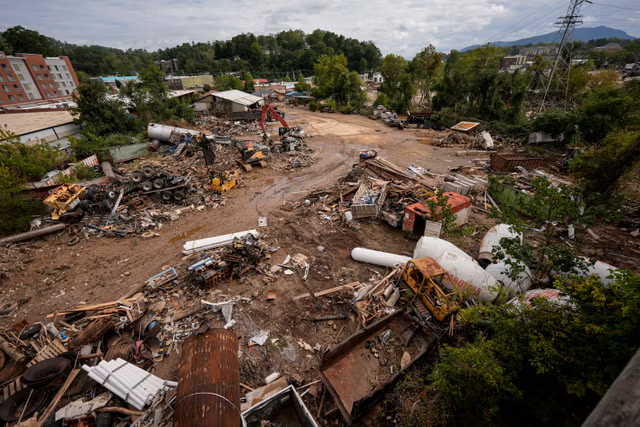Archaeologists have discovered the skeletal remains of three individuals within a former medieval stronghold in Poland who were possibly victims of the Mongol invasion of Europe in the 13th century.
The bones came to light during excavations at an archaeological site close to the village of Czermno in Lublin Province that consists of the remains of a hill fort, Science in Poland reported.
The hill fort represents all that is left of Czerwień (Cherven)—one of the largest Slavic fortified settlements in this region of Europe during the early Middle Ages.
Czerwień once consisted of the primary hill fort, an ancillary settlement immediately adjacent to the fort and burial grounds located slightly further away, among other constructions. It was likely ransacked and destroyed when forces of the Mongol Empire invaded Poland 1240-1241, decisively defeating an alliance of European armies.
A research project headed by Marcin Wołoszyn from the University of Rzeszów, Poland, is attempting to uncover new insights into the medieval hill fort, with a particular focus on determining the age of the stronghold.
"I hope that by this time next year we will already know whether the stronghold in Czermno was built in A.D. 800 or closer to A.D. 980," Wołoszyn told Science in Poland.
During investigations at the site this August and September, archaeologists came across the skeletons of three individuals, whose positioning indicates that they suffered a violent death. While the hypothesis has yet to be confirmed, there is a possibility that they were killed during the Mongol invasion of the area.
"At least one of them was lying on her stomach, so these were not intentional burials or graves. The skeletons will be subjected to radiocarbon testing. If it turns out that they date from the mid-13th century, then we can assume that they are victims of the Mongol invasion," Tomasz Dzieńkowski, a researcher with Maria Curie-Skłodowska University in Lublin who conducted the excavation, told Science in Poland.
During the excavations in eastern Poland, close to the Ukraine border, archaeologists also found a series of lead seals—all of a particular type—which served as a mark of ownership applied to goods.
"This proves that the stronghold was not only a military base, but also an important center of trade," Dzieńkowski said.
The results of laboratory testing on the recently uncovered human remains are expected by the end of the year, with archaeologists hoping that they will shed light on the individuals who died and the nature of their death.
Do you have a tip on a science story that Newsweek should be covering? Do you have a question about archaeology? Let us know via science@newsweek.com.
Disclaimer: The copyright of this article belongs to the original author. Reposting this article is solely for the purpose of information dissemination and does not constitute any investment advice. If there is any infringement, please contact us immediately. We will make corrections or deletions as necessary. Thank you.




